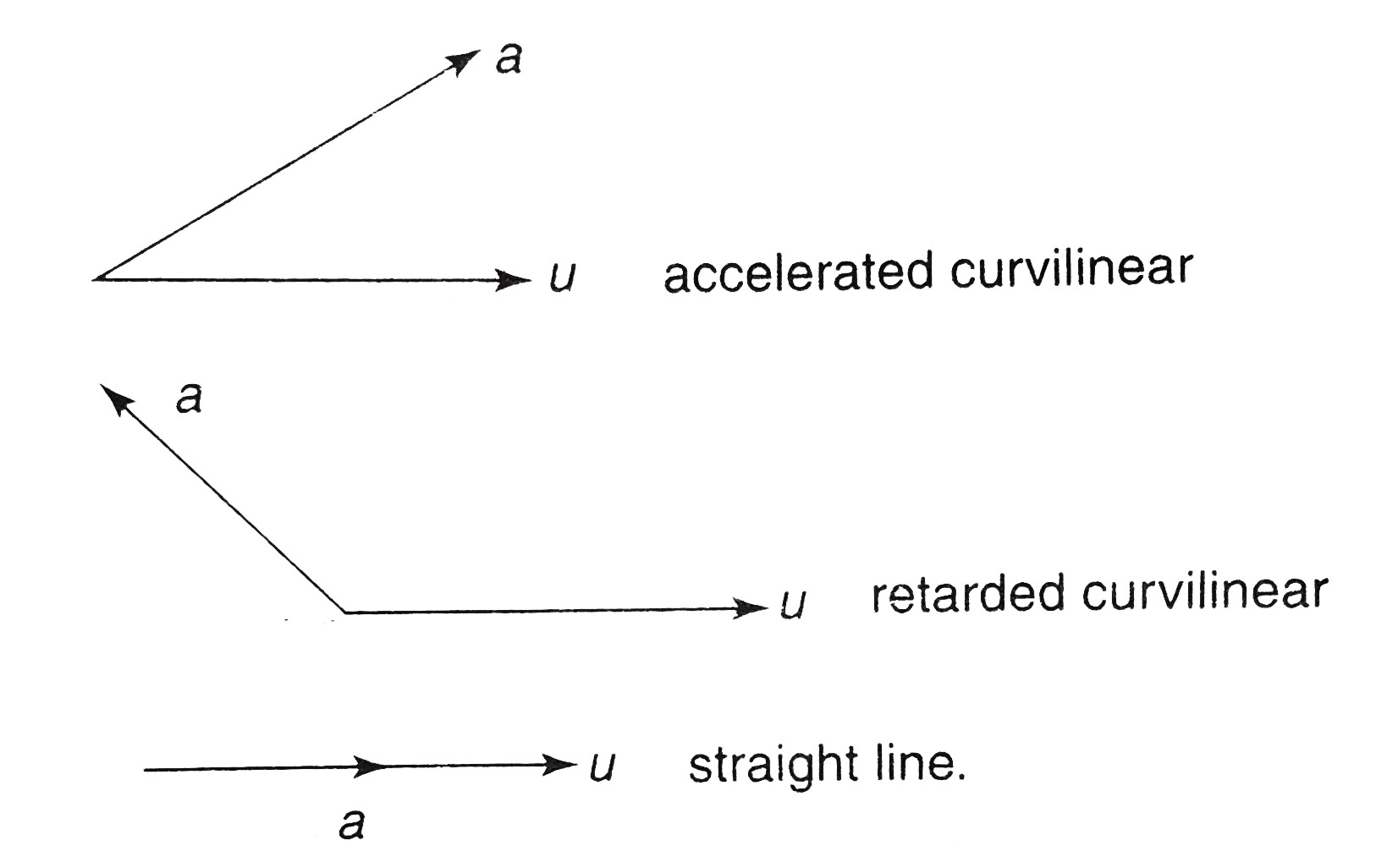Assertion: A particle is moving on a horizontal surface its path will be straight line if initial velocity and acceleration are along same horizontal surface.
Reason: An between →u and →a determine particle therefore. It may be accelerated or retarded curvilinear.
If both assertion and reason are true and reason is the correct explanation of assertion.
If both assertion and reason are true but reason is not the correct explanation of assertion.
If assertion is true but reason is false.
If assersion is false but reason is true.
The correct Answer is:D
Topper's Solved these Questions
- BOOK - A2ZCHAPTER - GENERAL KINEMATICS AND MOTION IN ONE DIMENSIONEXERCISE - NEET Questions37videos
GENERAL KINEMATICS AND MOTION IN ONE DIMENSION
- BOOK - A2ZCHAPTER - GENERAL KINEMATICS AND MOTION IN ONE DIMENSIONEXERCISE - AIIMS Questions20videos
GENERAL KINEMATICS AND MOTION IN ONE DIMENSION
- BOOK - A2ZCHAPTER - GENERAL KINEMATICS AND MOTION IN ONE DIMENSIONEXERCISE - Problem Based On Mixed Concepts30videos
GENERAL KINEMATICS AND MOTION IN ONE DIMENSION
- BOOK - A2ZCHAPTER - FLUID MECHANICSEXERCISE - Chapter Test29videos
FLUID MECHANICS
- BOOK - A2ZCHAPTER - GRAVITATIONEXERCISE - Chapter Test29videos
GRAVITATION
Similar Questions
Knowledge Check
- Question 1 - Select One
A particle is moving in a straight line with uniform velocity. Its acceleration is
ApositiveBnegativeCzeroDnone of these - Question 2 - Select One
A particle is moving in a straight line with uniform velocity. Its acceleration is
ApositiveBnegativeCzeroDnone of these - Question 3 - Select One
A particle moving on a straight line ultimately comes to rest ? What is the angle between its initial velocity and acceleration ?
AZeroBπ/4Cπ/2Dπ
A particle is moving on a straight line with constant retardation of 1m/s2. Its initial velocity is 10m/s.
View SolutionAt any instant, the velocity and acceleration of a particle moving along a straight line are v and a. The speed of the particle is increasing if
View SolutionA particle moves along a horizontal straight line with a velocity-time relationship as shown in the figure-1.129. The total distance moved by the particle is :
 View Solution
View SolutionA particle is moving along straight line with initial velocity +7m/sec and uniform acceleration −2m/sec2 . The distance travlled by the particle in 4th second of its motion is:
View SolutionAssertion:- For a particle moving along a straight line, if they velocity and acceleration have same sign, then the particle may be slowing down.
Reason:- For a moving particle speeding up and slowing down does not depend upon the angle between velocity and acceleration.View Solution


